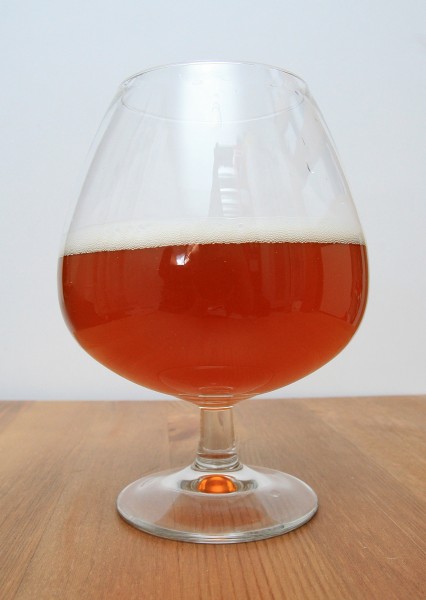http://www.cbs.knaw.nl/
You can buy it here for around 150 euros. The CBS number is 12357 if anyone wants to.
restricted. here's the listing from their site. typical bureaucratic crap for a non-pathogen. i'm going to ask around the NL scientific community (i work in said community but not microbiology) to see if it can fall off the back of a truck from somewhere... worth a try? funny that the sample deposited was collected on a mushroom growing on a tree.
Taxonomy
Taxon name :
Saccharomyces eubayanus Samp., Libkind, Hittinger, P. Gonça...
Type of organism : Yeast
Status of the strain : Type of Saccharomyces eubayanus
Collections
Other collections : CRUB 1568;PYCC 6148
Other strain numbers (personal numbers) : CRUB 1568
History : Libkind -> Dr. Sampaio, 2006 -> CBS, 2011
Herbarium number : Not applicable
Biosafety and restrictions
Remarks pathogenicity : This strain should be regarded as non-pathogenic to humans, animals or plants
GMO : not GMO
Precautions and restrictions : RESTRICTED with special Transfer Agreement
Origin
Substrate of isolation : from fruiting body of Cyttaria hariotii
Country :
Argentina
Locality : Nahuel Huapi National Park, Northwestern Patagonia
Collected by : R. Ulloa & D. Libkind
Isolated by : R. Ulloa & D. Libkind, 2006
Identified by : as Saccharomyces eubayanus
Deposited by : P. Sampaio & D. Libkind, June 2011
Substrate (including host) : Fruiting body of Cyttaria hariotii (ascomycete) parasitizing Nothofagus dombeyi



